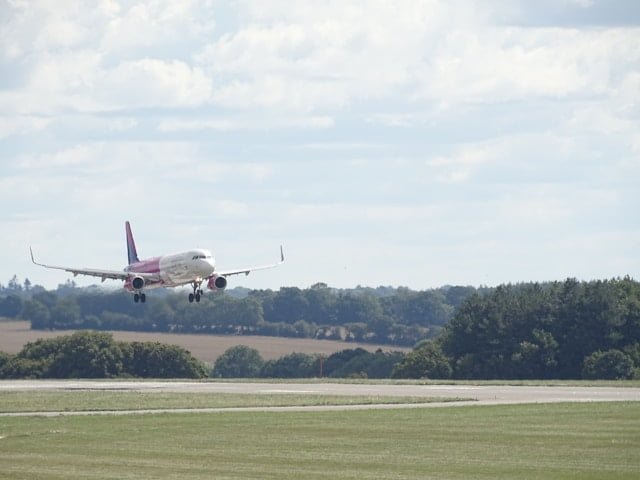Efficient landing operations are crucial for the smooth functioning of airports. Ensuring that every aircraft lands smoothly and safely requires a variety of specialized tools and technologies. These tools not only help to coordinate the various aspects of landing, but they also improve the overall efficiency and safety of airport operations. Every tool, from sophisticated communication networks to cutting-edge radar systems, is essential to controlling the intricate procedures involved in landing an aircraft. Here are five essential tools that significantly contribute to the effective management of landing operations.
1. Advanced Ground Radar Systems
Sophisticated radar systems on the ground play a crucial role in tracking and managing aircraft movements on the runway and taxiways. These technologies enable ground control to precisely guide and steer airplanes by providing real-time aircraft tracking. These radars provide precise views of the airport’s surface and are equipped with high-resolution imaging and advanced algorithms that identify and notify controllers of any possible conflicts or impediments. In order to prevent crashes and maintain safe spacing between aircraft, this capacity is essential. The radar systems work together with other airport technologies to provide a complete picture of airport operations, ensuring that all movements are accurately tracked and managed.
2. Automated Landing Systems
Automated landing systems are designed to help pilots make precise landings in a variety of conditions, including low visibility. These systems guide aircraft throughout the final approach and landing phases using a combination of onboard avionics and ground-based equipment. The technology includes Instrument Landing Systems (ILS), which provide lateral and vertical guidance to keep the aircraft on the correct flight path. Additionally, pilots’ situational awareness is improved by the real-time information that Enhanced Vision Systems (EVS) and Head-Up Displays (HUD) provide them about the runway environment. High safety standards must be maintained, and automated landing technologies are necessary to make sure that landings go successfully, even in difficult circumstances.
3. Comprehensive Ground Support Equipment
For the efficient management of several parts of aircraft repair both before and after landing, ground support equipment (GSE) is essential. This category covers a broad variety of equipment and vehicles, including refueling trucks, luggage handlers, and tow tractors, all of which are essential to the smooth running of airports. Tow tractors are used for maneuvering airplanes to and from parking spots, and baggage handlers make sure that passenger luggage is quickly moved from the aircraft to the terminal. Furthermore, additional tools like de-icing trucks are essential to preserving aircraft safety while operating in the winter. In order to reduce turnaround times and guarantee timely and efficient aircraft repair, good GSE administration and upkeep are essential.
4. Robust Communication Networks
Sturdy communication networks are essential for efficient ground control and coordination while performing landing procedures. These networks enable seamless communication among air traffic controllers, pilots, and ground personnel. All relevant parties are able to exchange real-time information and updates due to integrated communication platforms, data connection systems, and high-frequency radios. Coordination of landing permissions, taxi directions, and gate assignments depends on this connection. Furthermore, communication networks provide the quick and easy transmission of vital information, which aids in the handling of emergencies. Airports may improve the efficiency and safety of their landing operations by keeping dependable and effective communication lines.
5. Aircraft Maintenance and Inspection Tools
In order to guarantee that aircraft are in the best possible condition for landing, proper maintenance and inspection are crucial. This includes a variety of tools and procedures for monitoring and maintaining the aircraft’s critical components, such as its tires. For example, it’s important to regularly test airplane tires to make sure they are in excellent shape and strong enough to sustain the aircraft during landing. Pressure gauges, tread depth indicators, and other diagnostic equipment can help identify wear and tear. By using these instruments for regular inspections and maintenance, ground staff can handle any problems before they compromise the security of landing operations. Efficient maintenance procedures guarantee safe and easy landings by enhancing the overall reliability and safety of aircraft.
Conclusion
In summary, managing landing operations effectively relies on a suite of specialized tools and technologies. To guarantee safe and effective landings, a variety of critical systems and tools are needed, including sophisticated ground radar systems, automated landing systems, extensive ground support equipment, reliable communication networks, and aircraft maintenance equipment. These tools not only improve operational efficiency but also contribute to overall airport safety. By integrating these technologies and practices, airports can ensure that every landing is managed with the utmost precision and care.






